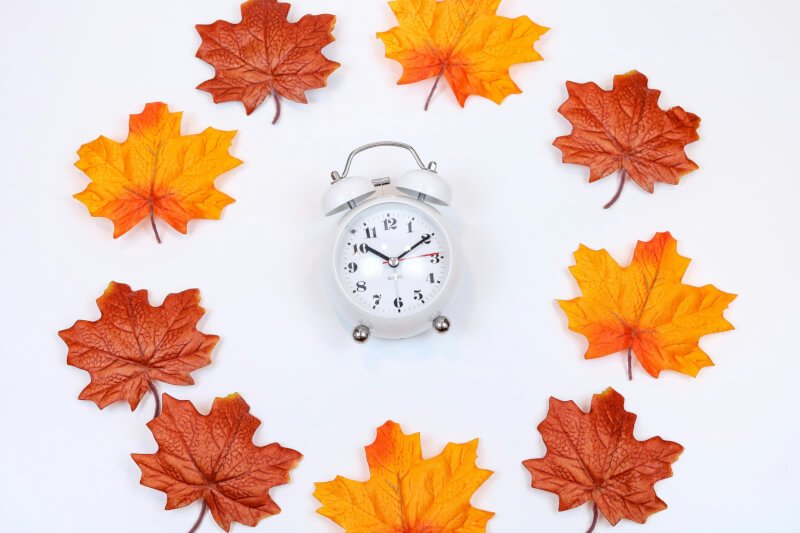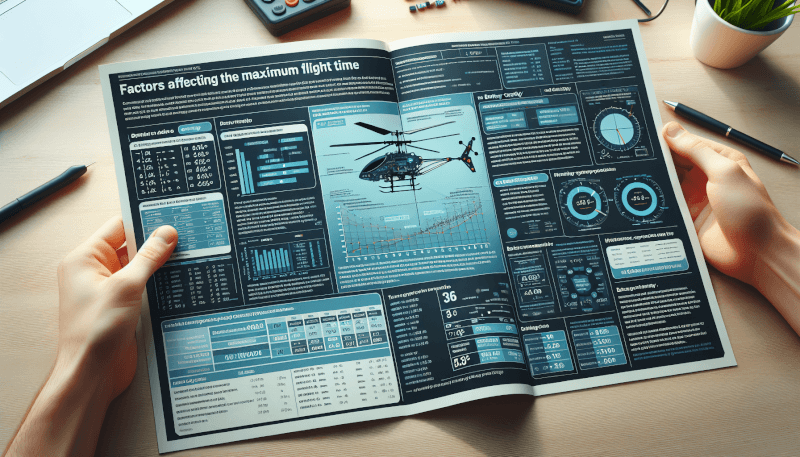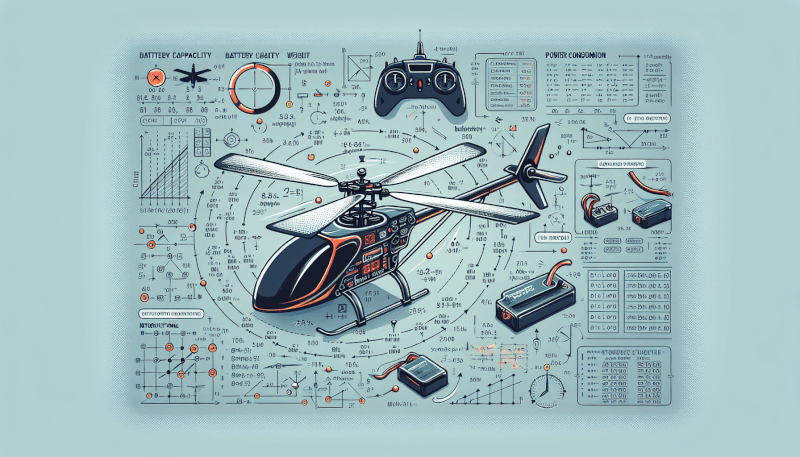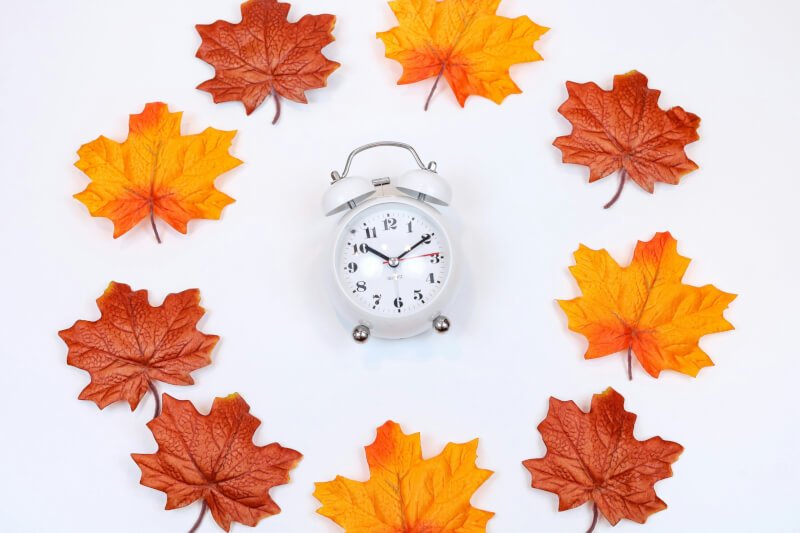Are you looking to extend the flight time of your remote control helicopter? Wondering how to calculate the maximum duration it can stay in the air? In this article, we will guide you through the process of determining the maximum flight time for your RC heli. Discover the key factors that influence duration, learn useful tips to optimize battery life, and gain a better understanding of how to make the most out of your flying experience. So let’s dive right in and uncover the secrets to maximizing your RC helicopter’s flight time!

Factors Affecting Flight Time
Flight time is a crucial consideration for any remote-controlled helicopter enthusiast. The ability to extend the duration of your flight not only enhances the overall experience but also allows for more opportunities to explore the capabilities of your RC heli. Several factors contribute to the length of your flight time, and understanding these factors will help you optimize your flying experience.
Battery Capacity
One of the primary factors that determine the flight time of your RC heli is the battery capacity. The higher the battery capacity, the longer you can fly. It is crucial to select a battery with the appropriate capacity for your needs.
Motor Efficiency
The efficiency of your RC heli’s motor also plays a significant role in determining flight time. A motor that operates more efficiently will consume less power, allowing for longer flights. Therefore, it is essential to choose a motor known for its efficiency and consider factors such as motor load and temperature.
Aerodynamics
The aerodynamics of your RC heli greatly influence its flight time. Factors such as rotor blade design, airfoil shape, rotor disc loading, drag, and parasitic losses all contribute to the efficiency of your helicopter in the air. Understanding and optimizing these elements can help maximize your flight time.
Weight
The weight of your RC heli affects its flight time directly. Heavier helicopters require more power to stay in the air, resulting in shorter flight times. It is crucial to measure and optimize the weight of your heli and choose lightweight components to ensure longer flights. Balancing and distributing the weight evenly across your heli will also contribute to better flight performance.
Altitude
Altitude plays a significant role in influencing flight time. As you ascend higher, the air density decreases, impacting the performance of your RC heli. Lower air pressure and temperature reduce rotor efficiency and lift, resulting in shorter flight times. It is vital to consider altitude conditions when planning your flights to manage your expectations regarding flight time.
Flying Style
Your flying style also affects the length of your flight. Aggressive maneuvers such as high-speed flying, quick turns, and sudden changes in direction consume more power and can significantly reduce flight time. Conversely, hovering and gentle flight styles are less power-intensive and can prolong your flight time. Skillful throttle control is also essential in managing flight duration effectively.
Determining Battery Capacity
Accurately determining the battery capacity required for your RC heli is crucial for achieving the desired flight time. Follow these steps to calculate the optimal battery capacity:
Check Manufacturer Specifications
Begin by checking your RC heli’s manufacturer specifications to identify the recommended battery capacity range. Manufacturers provide this information based on the specific design and intended performance characteristics of the helicopter.
Consider Desired Flight Time
Next, consider the desired flight time you aim to achieve. Longer flight times may require higher-capacity batteries, but it is essential to balance this with the weight and other performance considerations of your RC heli.
Calculate Wh Rating
To calculate the required battery capacity, you need to determine the watt-hour (Wh) rating. Multiply the nominal battery voltage by the amp-hour (Ah) capacity to obtain the watt-hour rating. For example, a 12V battery with a 5Ah capacity will have a Wh rating of 60Wh (12V x 5Ah = 60Wh).
Account for Battery Aging
Lastly, keep in mind that batteries degrade over time, resulting in reduced capacity. To ensure that you achieve the desired flight time consistently, consider factoring in battery aging when selecting the appropriate battery capacity.
Calculating Motor Efficiency
Motor efficiency directly affects the flight time of your RC heli. Follow these steps to calculate the motor efficiency:
Check Manufacturer Data
Start by referring to the manufacturer data and specifications for your motor. Manufacturers often provide information on motor efficiency under various load conditions, allowing you to estimate the average efficiency for your specific application.
Factor in Motor Load
Consider the load on your motor during flight. Higher loads, such as when flying with maximum payload or during aggressive maneuvers, will decrease motor efficiency. Take this into account when calculating the overall efficiency of your motor and the subsequent impact on flight time.
Consider Motor Temperature
Motor temperature also influences efficiency. When the motor operates at higher temperatures, its efficiency decreases, resulting in increased power consumption and reduced flight time. Monitor and manage the motor temperature to optimize efficiency and maximize flight time.
Understanding Aerodynamics
A solid understanding of the aerodynamic principles governing your RC heli’s flight can help you enhance flight time. Consider the following factors:
Rotor Blade Design
The design of the rotor blades greatly influences the lift and efficiency of your helicopter. Blades with the right shape, length, and angle of attack can significantly improve flight performance. Experiment with different rotor blade designs to find the optimal configuration for your specific needs.
Airfoil Shape and Lift
The airfoil shape of your rotor blades affects their ability to generate lift. Airfoils with higher lift coefficients allow for more efficient flight and longer flight times. Consider the airfoil design and its impact on lift as you aim to maximize your RC heli’s flight duration.
Rotor Disc Loading
Rotor disc loading, which refers to the weight supported per unit of rotor disc area, also affects flight time. Lower disc loading results in improved efficiency and longer flight times. Strive to optimize the rotor disc loading of your RC heli to maximize flight duration.
Drag and Parasitic Losses
Minimizing drag and parasitic losses is essential for optimizing flight time. Factors such as excessive surface area, sharp edges, and poorly designed components can result in increased drag and reduced efficiency. Pay attention to these details and make adjustments to minimize drag and maximize flight time.

Managing Weight
Effectively managing the weight of your RC heli is crucial to achieving longer flight times. Consider the following strategies:
Measure and Optimize
Start by measuring the weight of your helicopter and its various components. Identifying areas where weight can be reduced without compromising performance is key. Evaluate each component’s contribution to overall weight and prioritize optimization efforts based on potential gains.
Choose Lightweight Components
Opt for lightweight components during the construction or upgrade of your RC heli. Lighter frames, motors, batteries, and other equipment can significantly reduce the overall weight, resulting in increased flight time. However, it is important to strike a balance between weight reduction and maintaining the structural integrity and performance of your helicopter.
Balance and Distribution
Properly balancing and distributing the weight of your RC heli can improve flight performance and extend flight time. An evenly distributed weight across the various components improves stability and reduces power consumption during flight. Pay attention to the balance and distribution of weight to maximize your flying experience.
Effect of Altitude on Flight Time
Altitude plays a crucial role in determining the flight time of your RC heli. Consider the following factors:
Density Altitude
Density altitude refers to the effective altitude based on air density. As altitude increases, the air density decreases, affecting the performance of your RC heli. It is vital to consider density altitude when planning your flights to manage your expectations regarding flight time.
Air Pressure and Temperature
Lower air pressure and temperature at higher altitudes can have a significant impact on flight time. Reduced air pressure affects the efficiency of your helicopter’s rotors and lift generation. Additionally, lower temperatures may affect battery performance. Account for these factors when estimating flight times at different altitudes.
Rotor Efficiency and Lift
Altitude also affects rotor efficiency and lift. Adjustments may be necessary to compensate for reduced rotor efficiency and lift at higher altitudes. Understanding the relationship between altitude and rotor performance is essential for optimizing flight time.

Impact of Flying Style
Your flying style directly affects the flight time of your RC heli. Consider the following aspects:
Aggressive Maneuvers
Engaging in aggressive maneuvers such as high-speed flying, quick turns, and sudden changes in direction can significantly reduce flight time. These maneuvers require more power, increasing power consumption and shortening flight duration. While it is exhilarating to perform daring maneuvers, be mindful of their impact on flight time.
Hovering and Gentle Flight
Hovering and gentle flight styles are less power-intensive and can help prolong your flight time. By avoiding excessive throttle input and maintaining a calm and steady flight, you can conserve energy and maximize flight duration. Practice hovering and gentle flight for longer, relaxing flights.
Throttle Control
Mastering throttle control is instrumental in managing flight time effectively. Maintaining a balance between throttle input and power requirements helps optimize flight duration. Experiment with different throttle settings to find the sweet spot that allows for extended flight times without compromising performance.
Flight Time Calculation Formula
A simple formula can be used as a starting point for calculating flight time:
Flight Time = Battery Capacity / Estimated Current Draw
This formula divides the battery capacity (in milliampere-hours, or mAh) by the estimated current draw (in amperes, or A) to estimate the flight time in minutes. However, keep in mind that this calculation provides an approximate estimate and may not account for all variables impacting flight time.

Example Calculation
To provide a practical example utilizing the flight time calculation formula, consider the following scenario:
Battery Capacity = 5000mAh Estimated Current Draw = 20A
By plugging these values into the formula:
Flight Time = 5000mAh / 20A = 250 minutes
This calculation indicates that, based on the given battery capacity and estimated current draw, the estimated flight time would be 250 minutes.
Conclusion
Achieving maximum flight time for your RC heli involves considering multiple factors and optimizing various aspects of your setup. Factors such as battery capacity, motor efficiency, aerodynamics, weight management, altitude, and flying style all contribute to flight time. By understanding and implementing strategies to optimize these factors, you can enjoy longer flights and make the most of your RC heli hobby. Continuous improvement and experimentation will help you refine your setup and enhance your flying experience. So get out there and enjoy the thrilling world of remote-controlled helicopters!



